The African Development Fund (ADF) has kicked off its 17th replenishment cycle (ADF-17) with a three-day meeting focused on setting strategic priorities, strengthening its financing framework, and mobilizing additional resources for 2026-2028. Held from March 11-13, 2025, the discussions brought together ADF Deputies, representatives from development partner countries, and ADF-eligible nations, alongside senior leadership from the African Development Bank Group (AfDB).
A Legacy of Impactful Development
African Development Bank Group President Dr. Akinwumi Adesina highlighted ADF’s five-decade legacy of driving transformative change in low-income African countries.
“Working together over the past 50 years, we have built an institution that is now the largest Africa-based financing platform for low-income countries,” Adesina stated.
Between 2015 and 2023, ADF programs:
- Connected 3.2 million people to electricity
- Supported 71 million people in agriculture
- Rehabilitated 11,000 km of roads for regional integration
- Provided 83.7 million people access to transport
- Improved water and sanitation access for 65.5 million people
These achievements underscore ADF’s vital role in advancing inclusive growth and addressing Africa’s most pressing development challenges.
Strategic Priorities for ADF-17
The meeting reaffirmed support for ADF’s two-pillar strategy:
- Sustainable, Climate-Resilient Infrastructure – Investing in energy, transport, and digital connectivity to enhance economic resilience.
- Governance, Capacity Building, and Public Finance Management – Strengthening institutions, mobilizing domestic resources, and improving debt sustainability.
Key areas of focus included:
- Climate Finance & Biodiversity Conservation: Increasing support for climate adaptation and sustainability.
- Private Sector Engagement: Expanding access to local currency financing and de-risking investments to attract more private capital.
- Domestic Resource Mobilization: Enhancing tax systems and reducing illicit financial flows to improve self-sufficiency.
- Regional Integration: Leveraging the African Continental Free Trade Area (AfCFTA) through infrastructure and trade investments.
Strengthening ADF-17’s Financing Mechanisms
The final day focused on financing strategies, with discussions on:
- Market Borrowing Option: A potential mechanism for ADF to raise additional resources from capital markets.
- Transition to Very Highly Concessional Loans: Providing softer financing terms while maintaining grant capacity for the most vulnerable countries.
- Grant Compensation: Ensuring financial sustainability while prioritizing support for fragile states.
Adesina urged stakeholders to embrace innovative funding solutions.
“The ADF-17 replenishment is our recharging station to create better and more resilient environments. Let us be ambitious and meet our goals with multiple innovative instruments, including the ADF Market Borrowing Option,” he said.
Looking Ahead
With Africa projected to account for 25% of the world’s population by 2050, ADF-17 is seen as a critical opportunity to scale up investments that foster economic resilience and job creation.
The next replenishment meeting, set for May 31 – June 1, 2025, during the AfDB Annual Meetings in Abidjan, will refine financing options and explore greater private sector engagement.
By embracing a structured and innovative approach, ADF-17 is poised to deliver transformative impact for Africa’s most vulnerable economies, ensuring a future of sustainable growth and development.
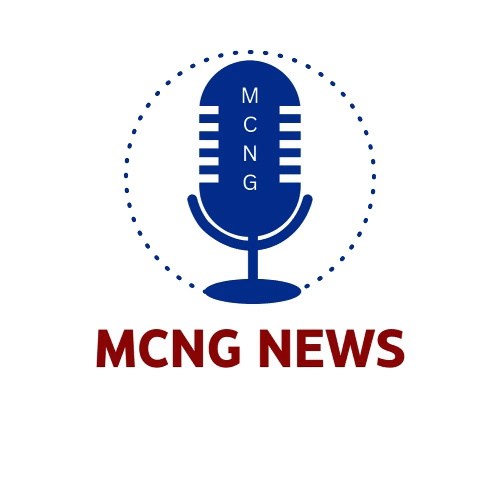
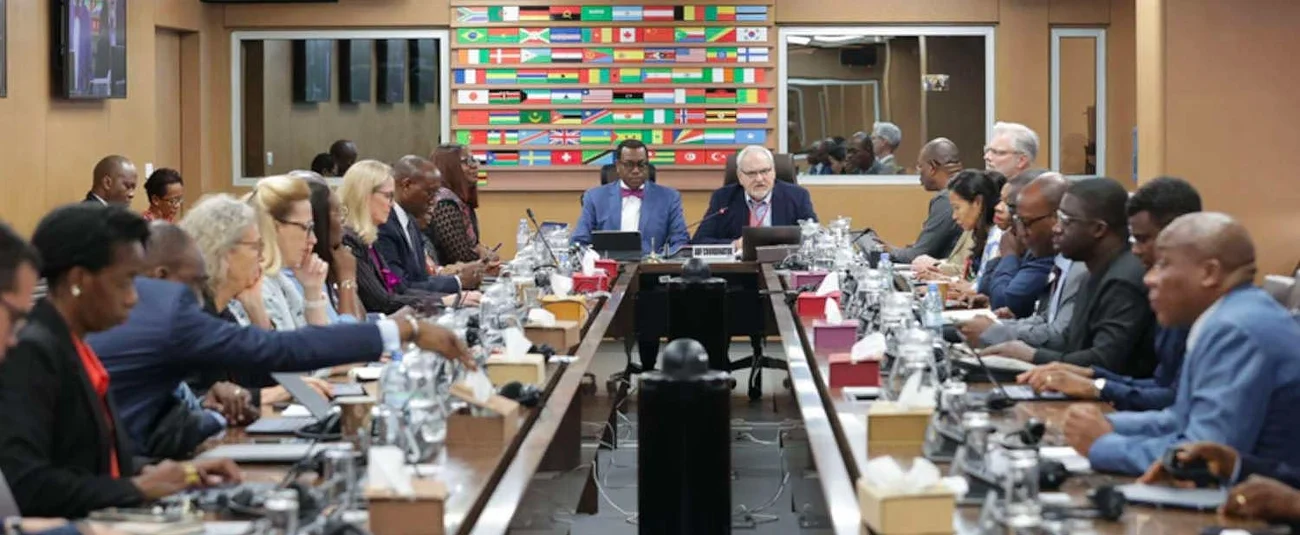


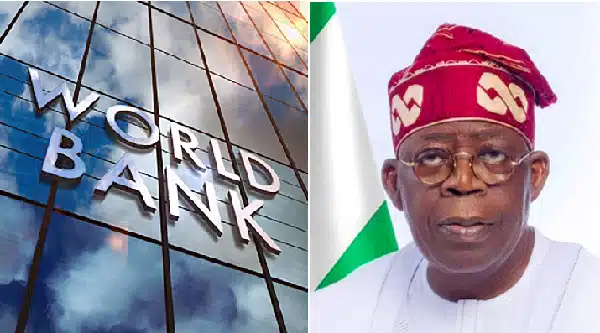

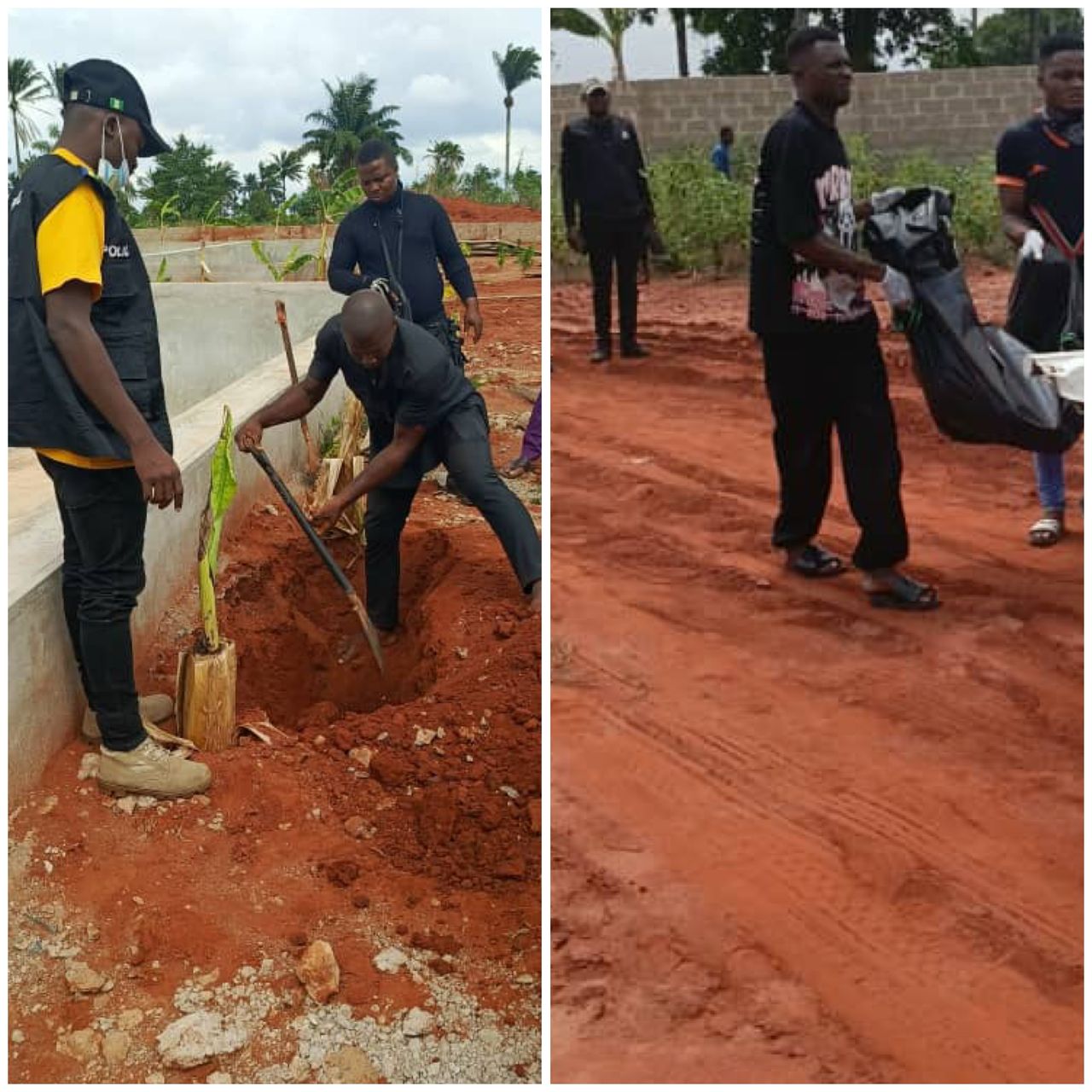
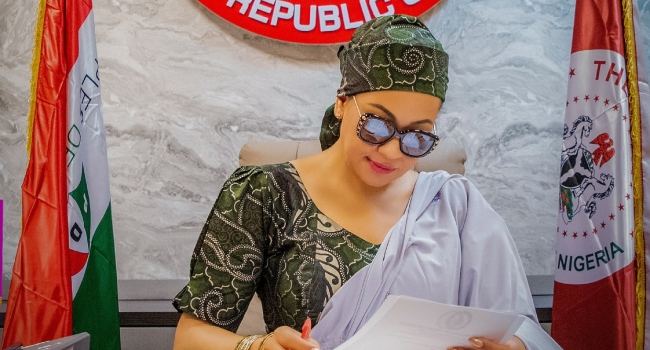
Leave a Reply